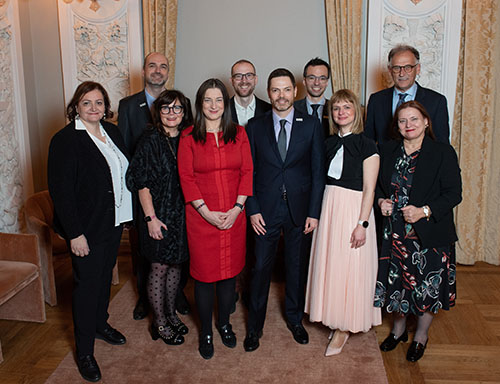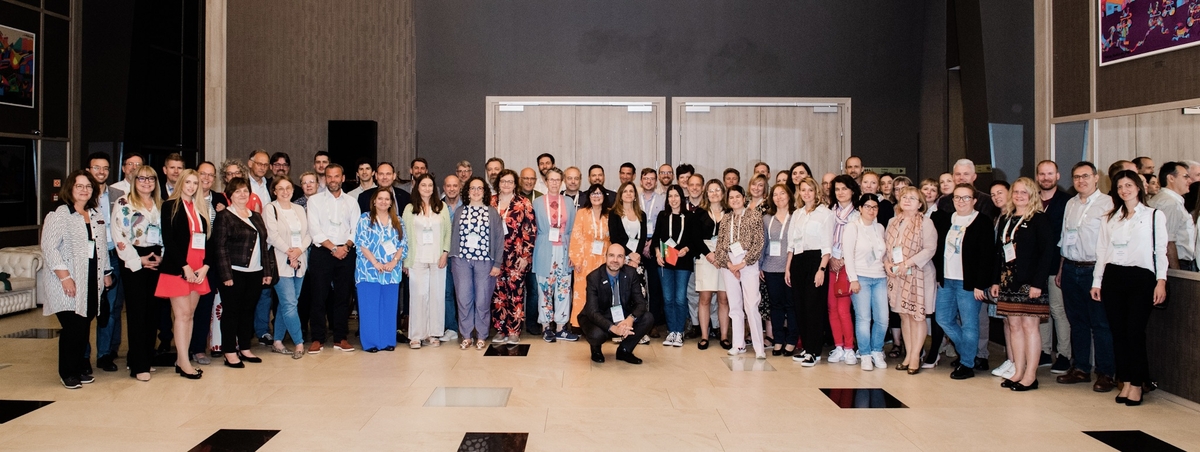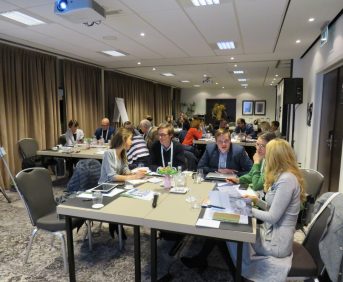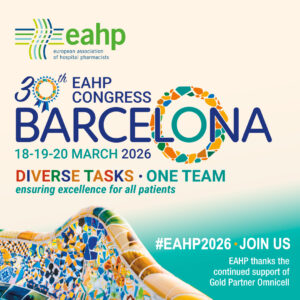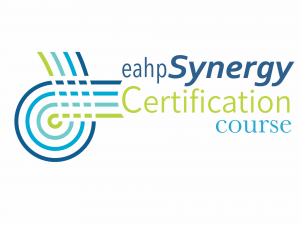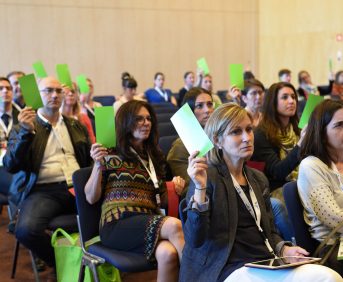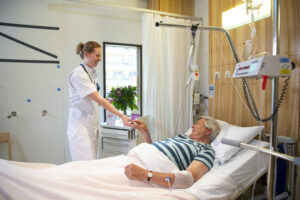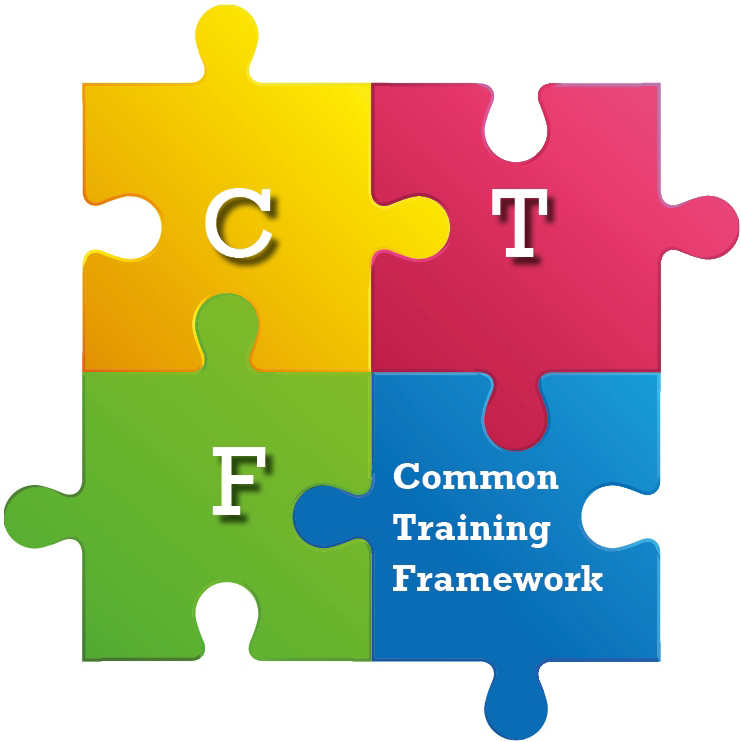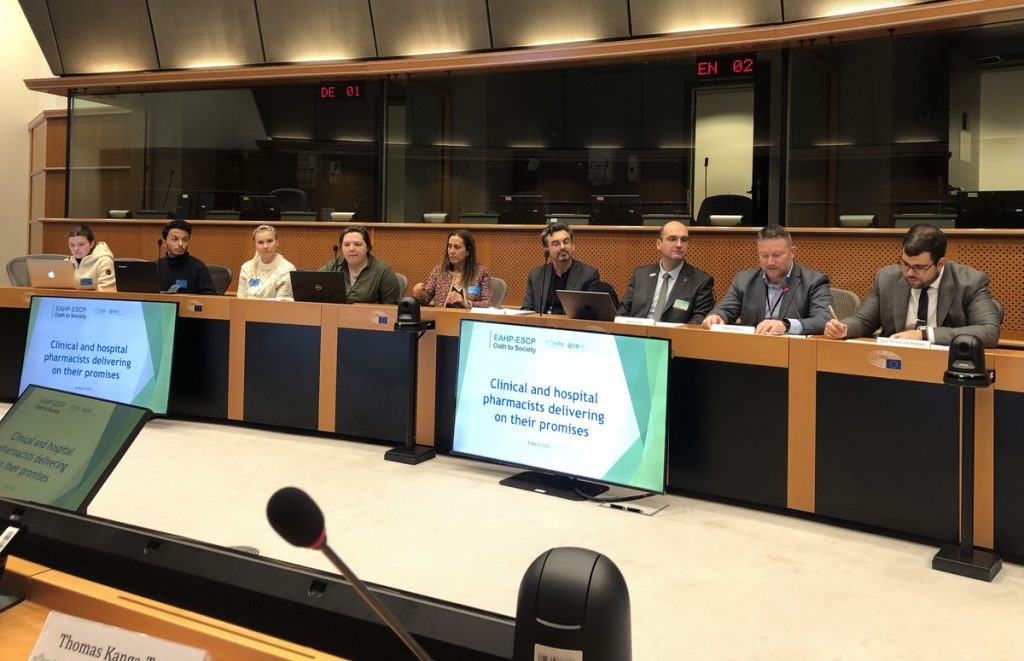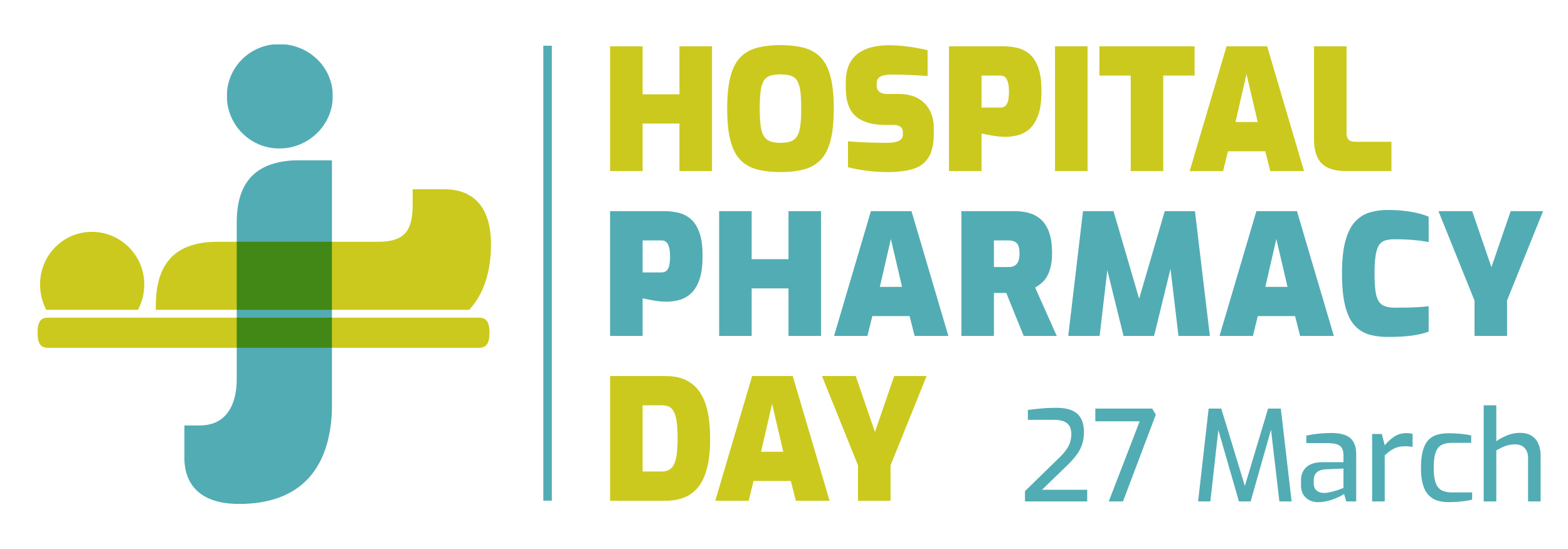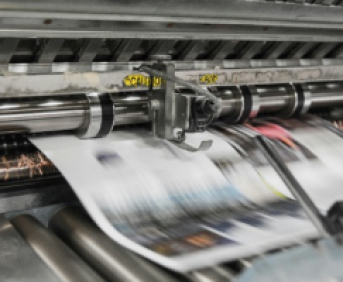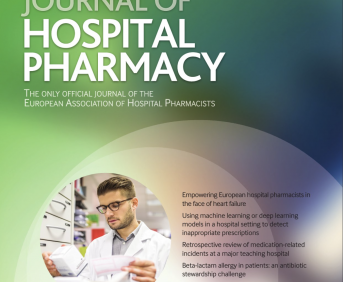A NOVEL CLOSED SYSTEM DRUG-TRANSFER DEVICE FOR ORAL DOSAGE FORM HELPING PATIENTS WHO CANNOT SWALLOW SOLIDS (submitted in 2019)
Pdf

European Statement
Patient Safety and Quality Assurance
Why was it done?
It remains that new solutions to increasing the safety of handling Solid Dosage Form hazardous drugs have to be developed. Conceptually, through operating in a closed system, CSTDs should significantly reduce the risks to pharmacists and nurses There are two main drawbacks of the known solutions:
1. The crushing and dilution of the solid dosage form medicine is done with an open vessel to the environment, such as a porcelain crater, which may cause the work environment to be contaminated with carcinogenic or teratogenic substances, that could expose and endanger the medical staff to hazardous substances in the course of their duties as providers of medical care.
2. The tools available today are reusable, requiring a thorough cleaning process between different materials (drugs), which can lead to cross-contamination between different doses of drugs, which are crushed one after the other with the same instrument.
What was done?
CSTD – for oral dosage form new device of its kind, combines the act of crushing the various drugs, dissolve in liquid and give to a patient who cannot swallow for various reasons, that mechanically prohibits the transfer of environmental contaminants into the system and the escape of hazardous drug or vapor concentrations outside the system.
How was it done?
We designed the device with 3D software (solid wark). It consists of a number of functional parts. The main ones are: a 20 ml barrel, a top part of which is a piston with a bottom basket loaded with the solid medicine; this part is sealed as a barrel from above. With the help of mechanical rotation, the drug breaks down into small particles that fall into the inner space of the barrel. Adding the liquid through a fluid port disposed on the bottom barrel which it is completely sealed. The removal of the liquid drug through a unique adapter which at its end is adapted to the gastric tube or oral administration to the patient,
What has been achieved?
1. The complete process of crushing and liquefying of the solid drugs is carried out under sealed conditions to the immediate environment and without fear of exposure to residues of toxic substances to the medical caregiver. 2. A one-time use system saves complex cleaning process. 3. There is no risk of cross-contamination between different drugs. 4. Saving personal protective equipment such as gloves, masks, lab coats clean rooms, etc. which is necessary for protection and for the safety of the caregiver team.
What next?
Applied research will be carried out by pharmacists and nurses to test the efficiency of the new device (as a basic prototype). These experiments will take various non-cytotoxic pills, will be dummy operations, in which the crushing and liquefying will be performed, and the solution or suspension will be transferred through the gastric tube, according to an approved research protocol.
